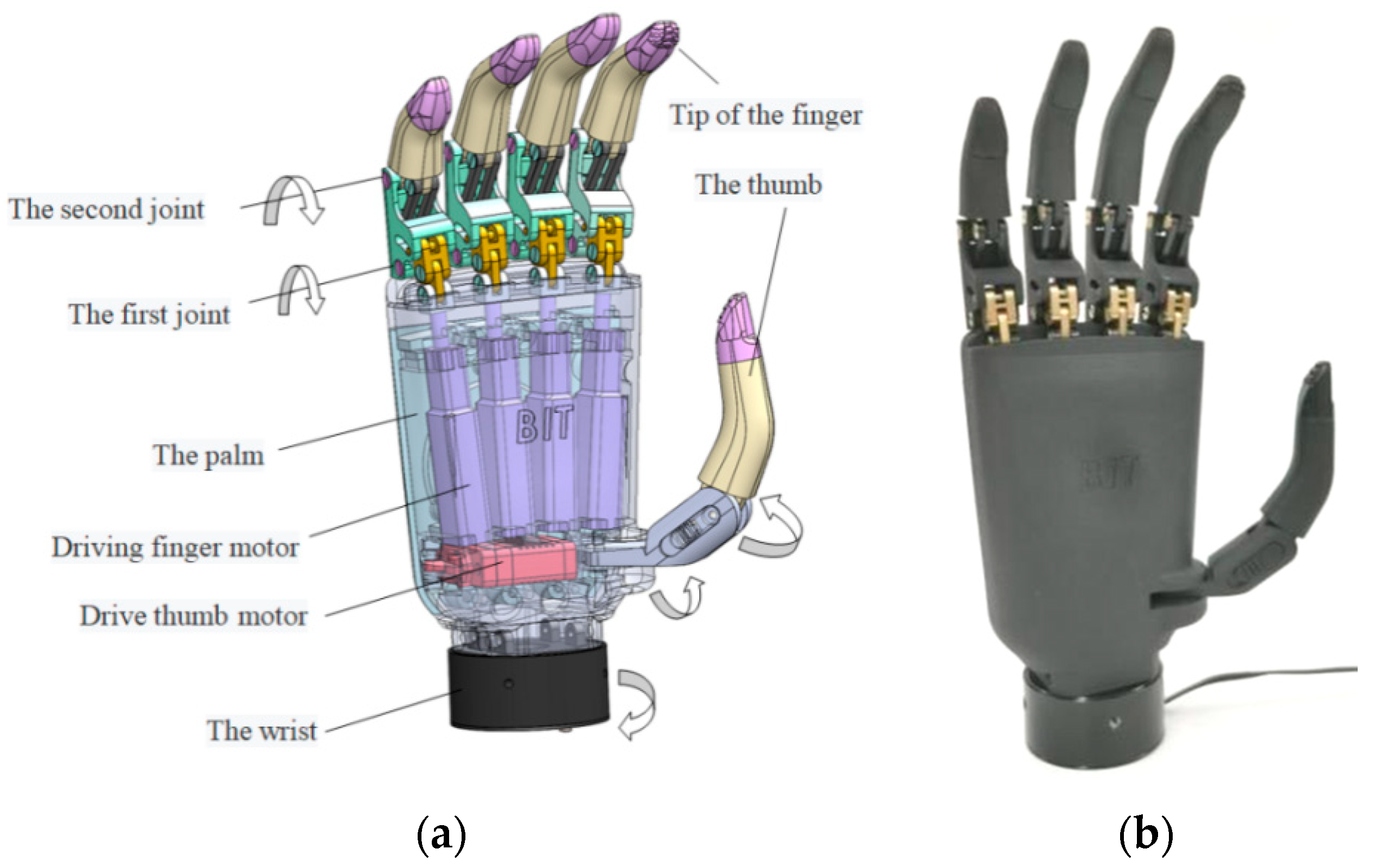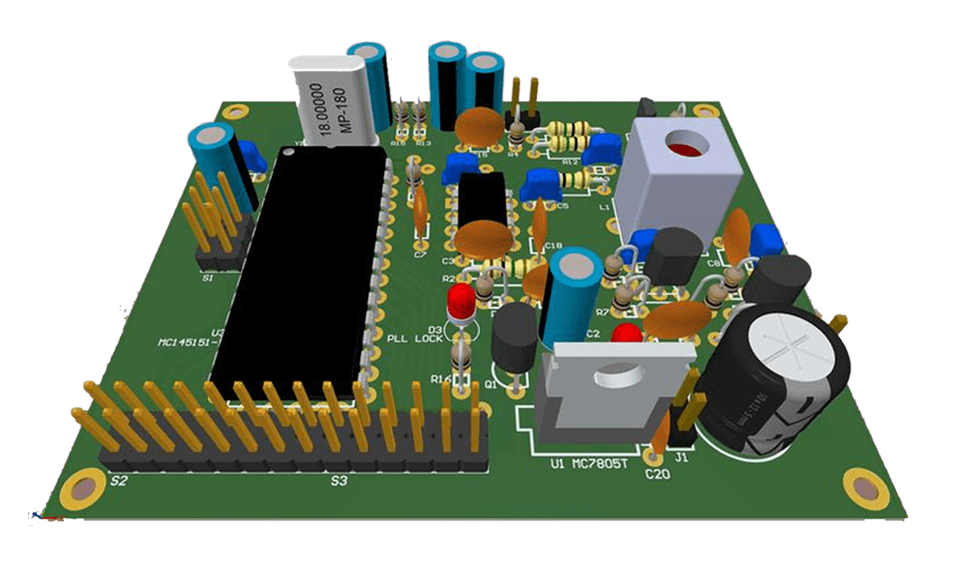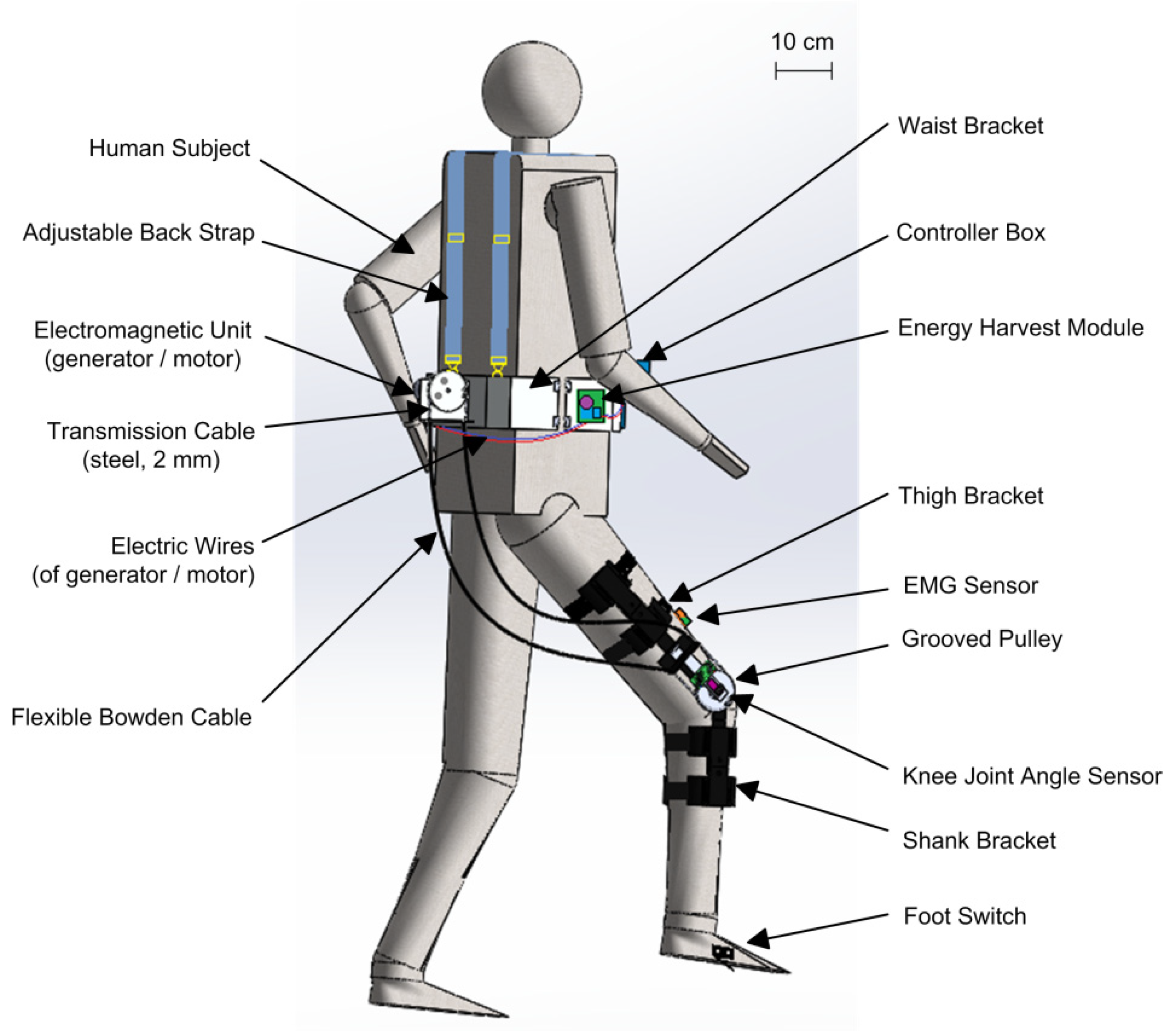In the rapidly evolving field of prosthetic devices, power management is a critical factor in ensuring functionality, user comfort, and long-term reliability. For engineers and designers working on prosthetic device PCBs, achieving low-power designs and optimizing battery life is essential. This blog dives deep into effective power management strategies for creating long-lasting prosthetic device PCBs, focusing on low-power PCB design for prosthetics, energy-efficient PCB components for limbs, and battery life optimization in prosthetic devices. Whether you're developing advanced bionic limbs or simple prosthetic aids, these strategies will help you design systems that maximize performance while minimizing energy consumption.
Why Power Management Matters in Prosthetic Device PCBs
Prosthetic devices are often worn for extended periods, making energy efficiency a top priority. Users rely on these devices for daily activities, and a short battery life can disrupt their routines or even pose safety risks. Effective power management in PCB design not only extends battery life but also reduces heat generation, improves device reliability, and enhances user comfort. With the right approach to low-power PCB design for prosthetics, engineers can create devices that meet the demanding needs of users without frequent recharging or maintenance.
In this post, we'll explore actionable strategies, from selecting the right components to implementing advanced power-saving techniques, to help you build energy-efficient prosthetic systems.

Key Challenges in Power Management for Prosthetic PCBs
Before diving into solutions, it’s important to understand the unique challenges of designing PCBs for prosthetic devices. These include:
- Limited Space: Prosthetic devices must be compact, leaving little room for large batteries or bulky components.
- High Power Demands: Advanced prosthetics with sensors, actuators, and motors require significant power, especially during active use.
- User Comfort: Excessive heat from inefficient power usage can cause discomfort or skin irritation.
- Battery Constraints: Batteries must be lightweight and small, often limiting capacity and runtime.
Addressing these challenges requires a focus on energy-efficient PCB components for limbs and innovative design techniques, which we’ll cover in the following sections.
Strategy 1: Optimize Component Selection for Low-Power Design
Choosing the right components is the foundation of low-power PCB design for prosthetics. Every part of the circuit, from microcontrollers to sensors, impacts overall power consumption. Here are key considerations for selecting energy-efficient components:
Microcontrollers and Processors
Opt for microcontrollers with low-power modes, such as sleep or deep-sleep states, which significantly reduce energy use during idle periods. For example, many modern microcontrollers consume less than 1 μA in deep-sleep mode compared to several mA in active mode. This can extend battery life by hours or even days in prosthetic devices that alternate between active and idle states.
Sensors and Actuators
Sensors and actuators are often the most power-hungry components in prosthetic devices. Select sensors with low operating currents and disable them when not in use. For instance, a proximity sensor with a current draw of 0.5 mA in active mode can be paired with a control system that powers it down during inactivity, saving significant energy.
Power Regulators
Use high-efficiency voltage regulators, such as switching regulators, which can achieve efficiencies above 90% compared to linear regulators that often operate below 60%. This efficiency directly translates to less wasted energy and longer battery life.

Strategy 2: Implement Power-Saving Modes in Firmware
Beyond hardware, firmware plays a crucial role in battery life optimization in prosthetic devices. By programming the device to operate in different power modes based on usage, you can drastically reduce energy consumption. Here are a few techniques:
Dynamic Power Scaling
Adjust the operating frequency and voltage of the microcontroller based on the task. For instance, during low-demand tasks like monitoring, reduce the clock speed from 48 MHz to 8 MHz, cutting power usage by up to 75%.
Sleep and Idle Modes
Program the system to enter sleep mode during periods of inactivity. For a prosthetic hand, this could mean entering sleep mode when no motion is detected for 10 seconds, reducing current draw from 20 mA to under 1 μA.
Event-Driven Operation
Design the system to wake up only when triggered by specific events, such as a user input or sensor detection. This minimizes unnecessary power usage and is especially effective for devices that don’t require constant operation.
Strategy 3: Design Efficient Power Supply Circuits
The power supply circuit is the heart of energy management in prosthetic PCBs. Poor design can lead to significant energy loss, while a well-optimized circuit ensures maximum efficiency. Focus on these areas for energy-efficient PCB components for limbs:
Battery Selection
Choose batteries with high energy density, such as lithium-ion or lithium-polymer, which offer capacities of 200-300 Wh/kg compared to older nickel-based batteries at 60-100 Wh/kg. These batteries provide longer runtimes without adding bulk or weight to the prosthetic.
DC-DC Converters
Use high-efficiency DC-DC converters to step down or step up voltage as needed. A buck converter with 95% efficiency can save up to 5% more energy compared to a less efficient model, extending runtime by several hours over a day of use.
Minimize Leakage Currents
Leakage currents in capacitors and other passive components can drain batteries even when the device is off. Select low-leakage components and design the circuit to isolate power to unused sections, reducing standby power loss to under 10 μA.
Strategy 4: Reduce Heat Generation Through Efficient Layout
Heat is a byproduct of power inefficiency and can affect both user comfort and component lifespan. A well-designed PCB layout can minimize heat generation and improve overall efficiency. Consider these tips for low-power PCB design for prosthetics:
Optimize Trace Widths
Design power traces with adequate width to reduce resistance and prevent heat buildup. For a current of 1 A, a trace width of 0.5 mm on a standard 1 oz copper layer can result in a voltage drop of 0.1 V and unnecessary heat. Increasing the width to 1 mm reduces this loss by half.
Thermal Management
Place heat-generating components like regulators and actuators away from sensitive areas and use thermal vias to dissipate heat. This keeps the device cool, ensuring user comfort and preventing thermal runaway in batteries.
Component Spacing
Avoid overcrowding components to allow better airflow and heat dissipation. A spacing of at least 2 mm between high-power components can reduce localized heating by up to 20%.
Strategy 5: Leverage Energy Harvesting for Supplemental Power
Energy harvesting is an emerging technique that can supplement battery power in prosthetic devices, further aiding battery life optimization in prosthetic devices. By capturing ambient energy, such as motion or heat from the user’s body, you can reduce reliance on the primary battery.
Kinetic Energy Harvesting
Integrate piezoelectric materials or small generators that convert mechanical energy from limb movement into electrical power. Studies show that such systems can generate up to 1 mW per step, enough to power low-energy sensors or microcontrollers during active use.
Thermal Energy Harvesting
Use thermoelectric generators to convert body heat into electricity. With a temperature difference of just 5°C between the skin and ambient air, a small generator can produce around 10 μW/cm2, which can trickle-charge the battery over time.
While energy harvesting won’t fully replace batteries, it can extend runtime by 10-15% in certain applications, making it a valuable addition to power management strategies.

Strategy 6: Test and Iterate for Real-World Performance
Finally, no power management strategy is complete without thorough testing. Simulating real-world usage ensures that your design meets the demands of daily activity. Focus on these areas:
Power Consumption Profiling
Use tools like current probes to measure power draw during different operating modes. For instance, a prosthetic arm might consume 50 mA during idle, 200 mA during light activity, and 500 mA during heavy lifting. Use this data to fine-tune power-saving modes.
Battery Life Testing
Test the device over multiple charge cycles to estimate real-world battery life. If a 1000 mAh battery lasts only 8 hours under typical use, consider increasing capacity to 1500 mAh or further optimizing power usage to achieve a full 12-hour runtime.
User Feedback
Work with prosthetic users to understand comfort and performance issues related to power management. If heat or short battery life is a common complaint, revisit the design to address these pain points.
Conclusion: Building the Future of Prosthetic Devices
Power management is at the core of designing long-lasting and user-friendly prosthetic devices. By focusing on low-power PCB design for prosthetics, selecting energy-efficient PCB components for limbs, and prioritizing battery life optimization in prosthetic devices, engineers can create solutions that empower users with reliable, comfortable, and efficient technology. From optimizing component selection to leveraging energy harvesting, these strategies provide a roadmap for building prosthetic PCBs that stand the test of time.
At ALLPCB, we’re committed to supporting innovative designs with high-quality PCB manufacturing and assembly services. Whether you’re prototyping a new prosthetic device or scaling up production, our expertise can help bring your vision to life with precision and efficiency.
 ALLPCB
ALLPCB







